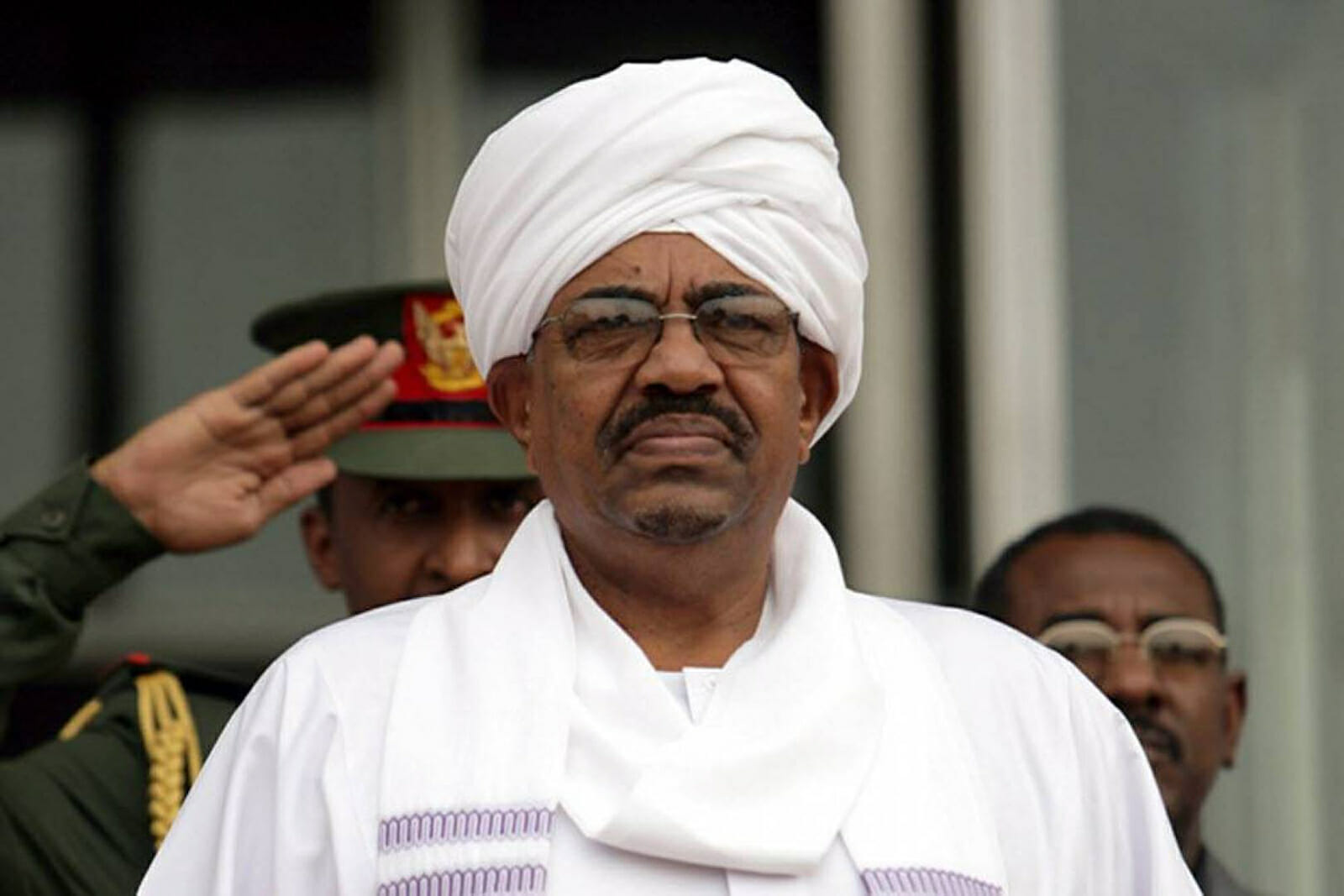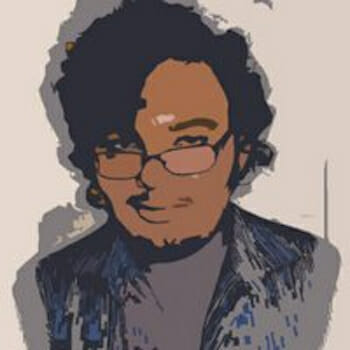
Sudan’s Botched Facelift
One of the most wretchedly underreported “global interest” stories to have arisen over the past few years is the agonized uptrend of Sudan. Once under strict sanctions by the State Department for sponsoring terror, Sudan is hoping to project itself in the region and is reportedly receiving assistance from China and Saudi Arabia, even as the country limps along with emergency “austerity measures” as ATMs have stopped spitting out cash in Khartoum.
In October, US Charge d’affaires in Khartoum, Steven Koutis, admitted that a round of dialogues striking Sudan from the State Sponsors of Terror list and dissolving the remaining sanctions is imminent. But why? Has the country taken innumerable, verifiable steps to stop acting roguishly? Officials say yes. The official reason is that talks with the opposition have restarted, along with a vague mention of “counterterrorism.” It seems more likely that Khartoum has been given a looser leash because of its assistance with the Saudi efforts in Yemen, where the Saudis are blocking humanitarian aid and are butchering civilians with US help. To the extent that “counterterrorism” is a euphemism for proxy wars in Yemen, then, the official reasoning holds.
The US position in greater Sudan, consequently appears to be a double standard. On one hand, the US has turned on South Sudan, recognizing the corrupt and murderous and fractured nature of its government, even threatening to pull assistance funding. On the other hand, Khartoum has become a ward of US “ally” Saudi Arabia.
These facts make something of a mockery of the US terror lists, as well as the murmurs we have made about human rights. But the larger consequences of this new match are equally depressing: the state that has given cover to kidnappers and slavers– the very state in which Joseph Kony is probably hiding from an arrest warrant from the ICC to continue to pillage with his child army– and the state which organized campaigns of genocide in Darfur and colonized the South, has been partly successful in remaking its image.
The (now mostly forgotten) genocide in Darfur was, in fact, necessitated by the self-image of Sudan as a pan-Arab country, as Gerard Prunier so effectively argues in his history, Darfur: The Ambiguous Genocide. In fact, the “ethnic conflict” lens is still dominant in coverage of the situation pushed by Khartoum during the Darfur genocide, since the country feared the possibility of military intervention. Washington had already begun exerting pressure in an effort to end the headlines about genocide, though it seems very unlikely that Washington would actually have wanted to become involved in another invasion, which at best would have diverted resources from Iraq.
The standard narrative of the civil war between the Arab North and the Christian South was always a slightly false one, though it tempted the fundamentalist Right in America during the Bush administration. It isn’t even strictly proper to describe the North-South fighting in Sudan as a “civil war,” though it is a convenient shorthand. That war and the countless deaths it caused were an almost exact extension of Anglo-Egyptian imperialism, whereas the violence in the west was a closer approximation of a Sudanese civil war. Nonetheless, the intended effect was achieved.
After the peace agreement was signed in Nairobi in 2005, Prunier forcefully points out, the word genocide vanished from international coverage of the situation in Darfur. Sudan was depicted as coming due for a long and hard-won peace. Yet, Khartoum had intensified its onslaught in the westernmost parts of its territory. The UN Commission of Inquiry, for its part, decided not to label the crisis a genocide, so much as a human rights offense. (If we were to adopt their euphemistic tone we could call the Chinese repression of the Uighurs a human rights “slip” or a human rights “stumble,” instead of the human rights swan dive it really is.)
In other words, returning to Sudan, the endless wars that have ripped the region apart were partly a consequence of Sudan’s self-image. The reason it was important to crush the resistance in western Sudan, and the reason it was never fully understood by the western press, was that the conflict was Muslim on Muslim. That fact tore at the fragile mask of Sudan as a united Muslim country. Now, that mask has been swapped for an equally fragile mask that depicts Sudan in regional and continental terms, rather than religious ones. This recent swap seems to have to do with an attempt to trade the pan-Arab image for a pan-African one.
In a strange way, this unifies the fighting across Sudan and South Sudan, as the fighting in the south is also African on African. It may be too much to ask for coherence and historical consideration in politics. That doesn’t mean we can’t be insistent. Some of us insist that history doesn’t repeat itself as a consequence of ignorance, and that “never again” was a new standard, not a suggestion. We can also insist on trading double standards for single ones.

